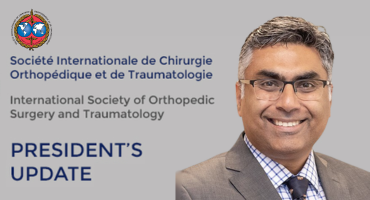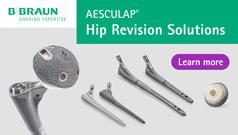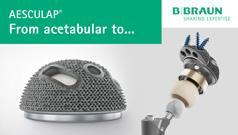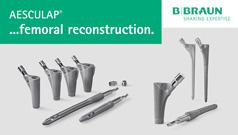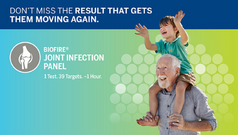Management and outcomes of open pelvic injury -a retrospective analysis of 30 patients
Injury. 2025 Aug 8;56(10):112658. doi: 10.1016/j.injury.2025.112658. Online ahead of print.
ABSTRACT
INTRODUCTION: Open pelvic fractures, though rare, are associated with high morbidity and mortality due to severe soft tissue damage, hemorrhage, and associated injuries. This retrospective study aimed to assess injury patterns, management strategies, complications, and outcomes of open pelvic fractures at a Level 1 trauma center MATERIALS AND METHODS: A retrospective analysis of 30 patients with open pelvic fractures treated between 2014 and 2021 was conducted. Data included demographics, injury mechanism, fracture pattern (Jones-Powell classification), soft tissue injury (Faringer classification), hemodynamic status, transfusion requirements, associated injuries, surgical interventions, and functional outcomes (Merle de Au Binge score) RESULTS: The mean age was 35.7 years, with a male predominance (28 males, 2 females). Road traffic accidents were the most common injury mechanism. Most patients (n = 28) sustained multiple injuries. Fracture patterns were: Class 1 (n = 2), Class 2 (n = 7), and Class 3 (n = 21). Faringer classification revealed 22 Zone 1, 4 Zone 2, and 4 Zone 3 injuries. The mean transfusion requirement was 5.63 units within 24 h. Emergency external fixation was performed in 15 patients. Definitive fixation (internal or external) was performed at a mean of 11.27 days post-injury. Complications included urinary incontinence (n = 5), rectal incontinence (n = 2), and infections. The mortality rate was 20 % (n = 6). Functional outcomes showed 3 excellent, 8 good, 8 fair, and 5 poor results CONCLUSION: Open pelvic fractures are complex injuries requiring multidisciplinary management. Early haemorrhage control, aggressive soft tissue management, and appropriate fracture stabilization are crucial for improving outcomes. Delayed internal fixation after thorough debridement and soft tissue healing may reduce infection risk. High transfusion requirements and unstable fractures were associated with increased mortality.
LEVEL OF EVIDENCE: III.
PMID:40840317 | DOI:10.1016/j.injury.2025.112658







